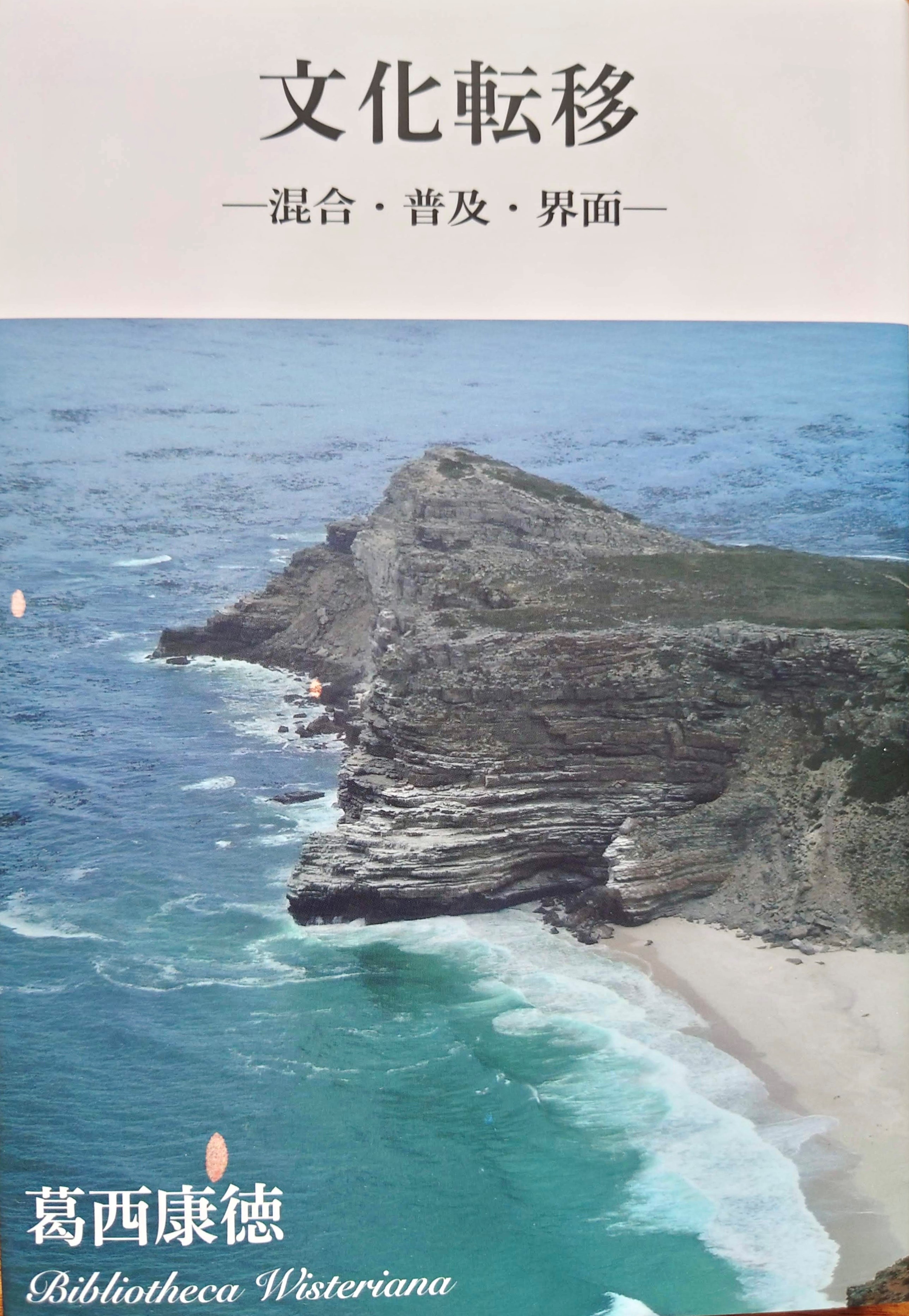
Title
Bunka Ten-i---Kongo, Hukyu, Kaimen (The Cultural Transfer - Mixed, Diffusion, Interface)
Size
271 pages
Language
Japanese
Released
March, 2022
ISBN
978-4-9911710-3-1
Published by
Bibliotheca Wisteriana
Book Info
See Book Availability at Library
Misc.
The first edition was self-published in June, 2018
Japanese Page
This book is a collection of essays that I presented previously as lectures or in journals. They cover three subjects, namely jurisprudence, the classics, and liberal arts.
My basic inquiry across these three fields is the ways by which Western scholarship has been absorbed in Japan since the nineteenth century. I seek to analyze them as cultural transitions, not from the standpoint of the recipient of culture as in previous scholarship but from the standpoint of the donor of culture. I analyze these processes therefore not as “inheritance” but as “diffusion.”
I especially examine the subject of translation, the most important and characteristic method of modern scholarship in Japan. “Translation” comes from the Latin word translatio, which means “carrying” (latio<latus, the past participle form of ferre, “to carry”) words across (trans) languages. When doing so, who verifies that the original words and the translated words are parallel in meaning? That the words translated into Japanese cannot be verified by the original non-Japanese authors is evident from their acknowledgements in the prefaces of the Japanese editions. In short, scholarship in Japan has been self-produced in an unaudited state. In the case of the natural sciences, which involves empirical verification, auditing comes later. In the first place, the natural sciences use English as its means of presentation, and recently natural sciences education has begun to be conducted in English. In this book, using the concept of “interface,” I analyze the problems of translation and auditing, especially with regard to the field of jurisprudence in Japan. Some of my work have been published in foreign journals.
This book does not simply critique how research and education in Japan is carried out. It also reports the various practical activities that I have been involved in since the 1990s in order to improve this state of affairs, if only by a little, including failed efforts. The solutions I propose are distinct from ‘global education’ in English currently in vogue. I am by no means content naively to point out the negative effects of translation and believe that problems will be resolved by way of carrying out education in English. What is essential is not understanding different languages or cultures uniformly in one language or culture (which is impossible in the first place) but instead to place them in competition or contention with one another. What results is a kind of “mixing.” This is not the same as the concept of “hybrid culture,” which had been previously advocated as a model of the culture of Japan. No matter how much Japan accepts and hybridizes different things, as long as they are digested in the Japanese language, they become domesticated (or Japanized). Do we see French restaurants in Japan as presenting French cuisine or Japanese cuisine? In my opinion, they unquestionably offer Japanese cuisine. You cannot see my point unless you go to France and try out the local dishes there. Conversely, if you try Japanese food in a foreign country, you can immediately tell it is not Japanese cuisine. Note that I do not mean which is better, French restaurant in Japan or in Paris.
This book includes a translation of a valuable essay by Peter Parsons, Regius Professor emeritus of Greek at Oxford University. Previously provided only for my private use (“for your eyes only”), I was able to publish it in this volume with his permission. I hope it will be of value to the readers, too.
(Written by KASAI Yasunori, Professor Emeritus, Graduate School of Humanities and Sociology / 2022)
Table of Contents
Preface for the first edition
Part I Jurisprudence
Chapter 1 The imaginary Department of Rhetoric
Chapter 2 From the Kalemegdan, Belgrade
Chapter 3 Transparency of Japanese law
I Is Japanese law quirky?
II The redemption given by Legal history and Comparative law
Chapter 4 The Union of second-class countries
Part II Classics
Chapter 5 A wake of pithanon
Chapter 6 An Introduction to the study of Classics
Chapter 7 Diffusion and Reception of the Classics
Chapter 8 Literae Humaniores
Part III Liberal Arts
Chapter 9 Liberal Arts as an Interface
Chapter 10 Mixed Academic System
Chapter 11 The Future of Liberal Arts Education
Chapter 12 The Reconstruction of Undergraduate Education
Addenda 1 Gresham College
Addenda 2 On the Fair Competition
Epilogue The Year of Challenge 2022



 Find a book
Find a book

